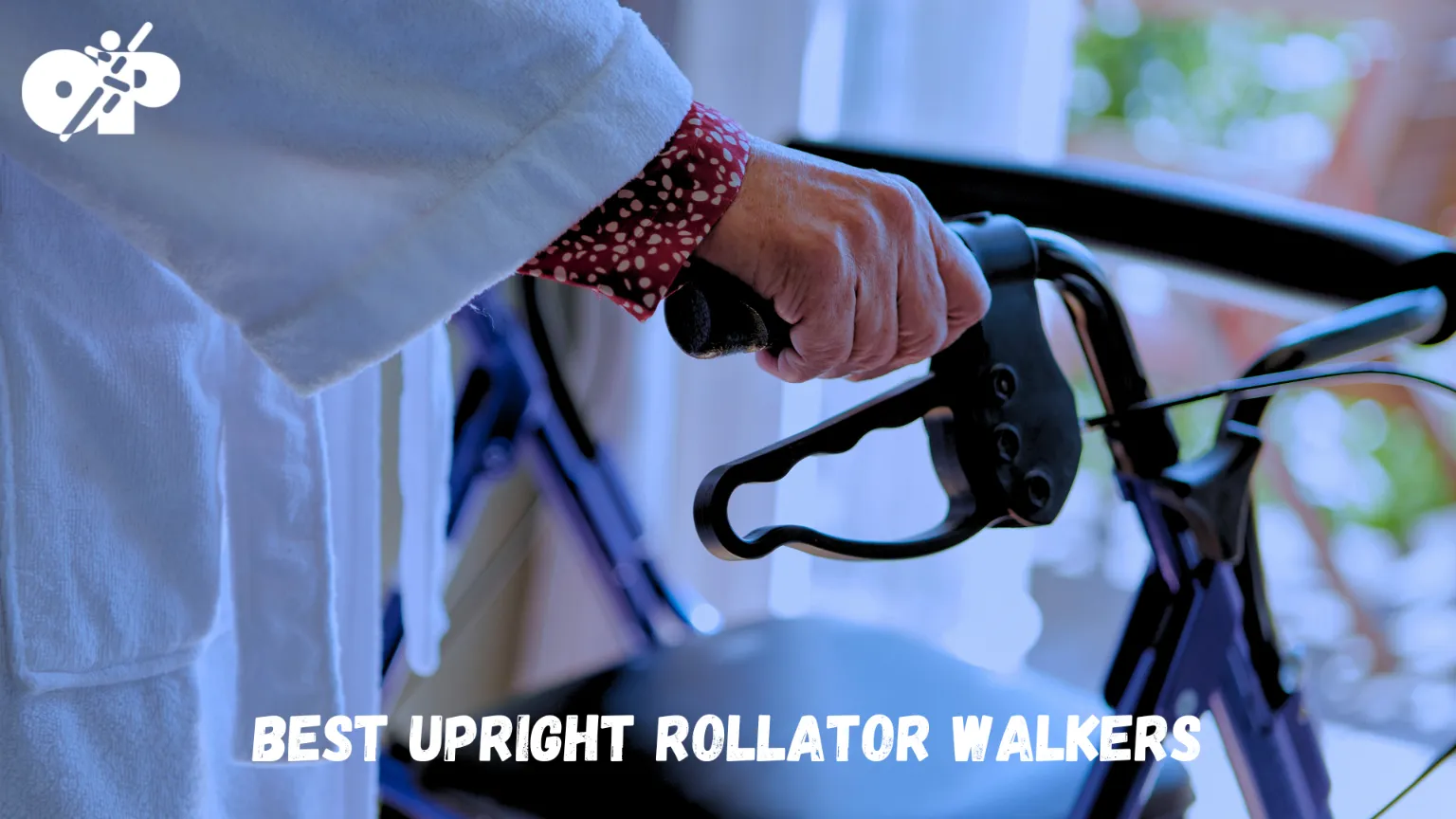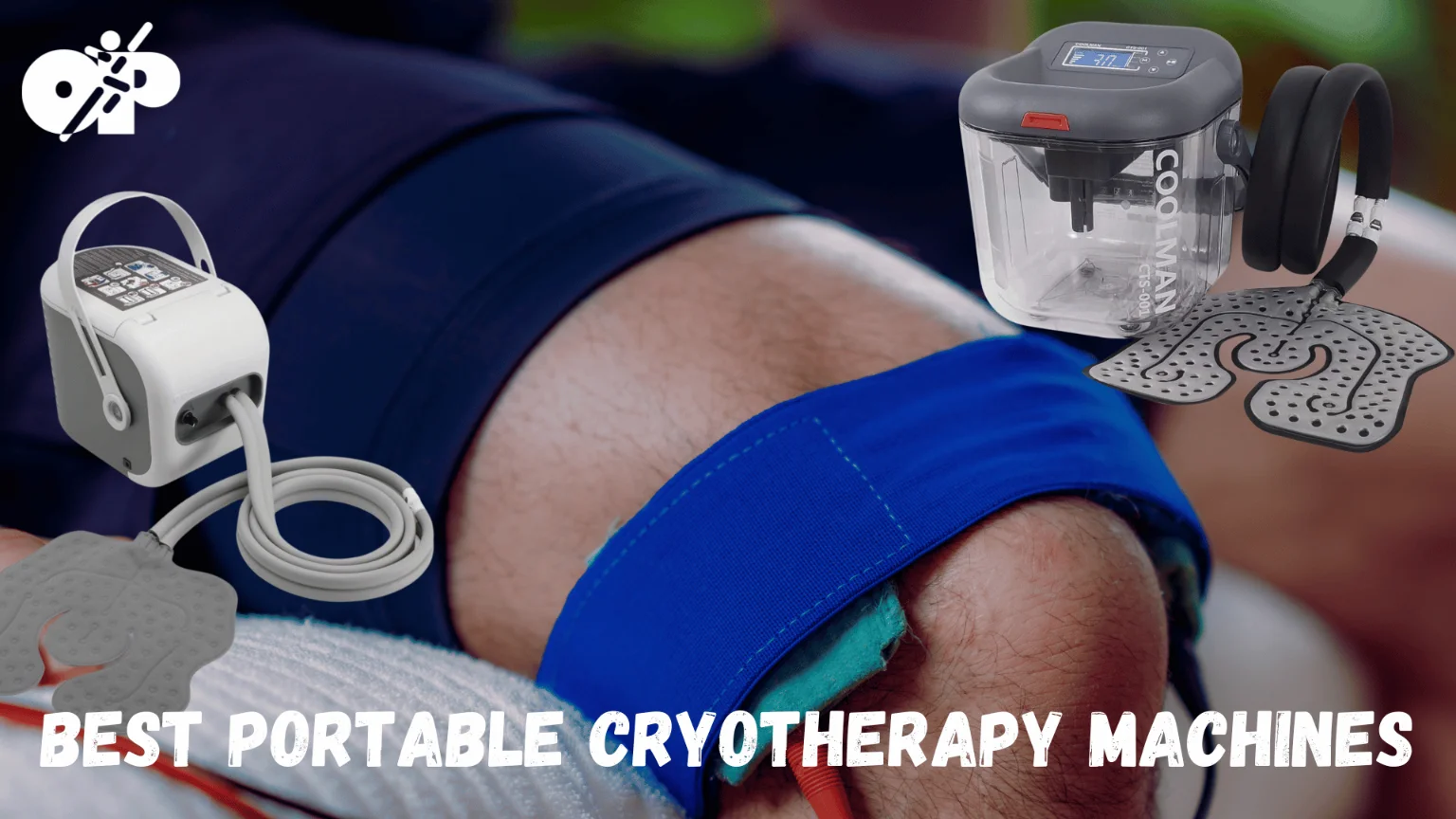In the realm of musculoskeletal issues, two conditions frequently appear on the court of discomfort: Carpal Tunnel Syndrome and Tennis Elbow. While their names may suggest specific causes or origins, these conditions often perplex individuals with their similar symptoms and shared reputation for causing discomfort. However, Carpal Tunnel Syndrome and Tennis Elbow are distinct conditions with unique underlying causes, affected areas, and treatment approaches. In this exploration, we’ll dive into the key differences between these two prevalent musculoskeletal adversaries, shedding light on their respective characteristics and how they manifest in our daily lives.
Carpal Tunnel Syndrome
Carpal Tunnel Syndrome is a condition characterized by numbness, tingling, weakness, or discomfort in one or both hands. This happens because of pressure on the median nerve, which runs through a small space in your wrist known as the carpal tunnel.
Causes
The median nerve provides sensation to your thumb, index finger, middle finger, and part of your ring finger. When this nerve is compressed, you may experience symptoms like pain or weakness. Some common causes include:
- Repetitive Motions Like typing or using tools.
- Pregnancy Hormones can cause swelling.
- Health Conditions Rheumatoid arthritis, obesity, and diabetes can contribute.
- Wrist Injuries Fractures or sprains can cause inflammation.
Symptoms
The symptoms of Carpal Tunnel Syndrome can range from mild to severe. They usually start gradually and may include:
- Tingling or Numbness: Especially in the thumb and first three fingers.
- Weakness: Difficulty holding objects.
- Pain: Either sharp or dull, radiating up the arm.
Treatment
Treatment for Carpal Tunnel Syndrome often starts with non-surgical methods like:
- Wrist Splints To keep the wrist in a neutral position.
- Medication Anti-inflammatory drugs.
- Physical Therapy To strengthen and stretch the wrist and hand.
- Surgery In severe cases, to relieve pressure on the median nerve.
Tennis Elbow
Tennis Elbow, or lateral epicondylitis, is a painful condition of the elbow caused by overuse. It occurs when the tendons that join the forearm muscles on the outside of the elbow become inflamed.
Causes
Despite the name, you don’t have to play tennis to get Tennis Elbow. Any repetitive gripping activities, especially if they use the thumb and first two fingers, may contribute to Tennis Elbow. Causes include:
- Repetitive Motions Playing tennis, painting, using a computer.
- Age It’s most common in people between the ages of 30 and 50.
- Occupation Plumbers, painters, cooks, and butchers are more susceptible.
Symptoms
Symptoms of Tennis Elbow can range from discomfort to severe pain. They might include:
- Pain and Weakness When gripping something.
- Stiffness Especially in the morning.
- Tenderness On the outside of the elbow.
Treatment
Tennis Elbow usually heals on its own, but treatment can help alleviate symptoms:
- Rest and Ice To reduce inflammation.
- Physical Therapy Strengthening exercises.
- Medication Pain relievers.
- Braces or Splints To reduce strain.
- Surgery In chronic or severe cases.
Comparison Between Carpal Tunnel and Tennis Elbow
While both Carpal Tunnel Syndrome and Tennis Elbow are painful conditions that can result from overuse or strain, they affect different areas and have different underlying causes. Here’s a comparison:
- Location Carpal Tunnel affects the wrist and hand, while Tennis Elbow affects the elbow.
- Causes Repetitive motion is a common cause for both, but the activities that lead to them are often different.
- Symptoms Both can cause pain and weakness, but Carpal Tunnel often includes tingling or numbness.
- Treatment Both conditions may be treated with rest, physical therapy, and medication, but the specific approaches may vary.
Prevention of Carpal Tunnel Syndrome
Preventing Carpal Tunnel Syndrome is essential, especially for those involved in repetitive tasks. Strategies include:
- Ergonomic Workspace Proper desk and chair height, wrist support, and mouse placement can reduce strain.
- Regular Breaks Taking breaks from repetitive tasks can help avoid overuse.
- Exercises Wrist stretches and strengthening exercises can keep the muscles and tendons healthy.
- Avoiding Strain Avoid activities that put excessive pressure on the wrist.
Prevention of Tennis Elbow
Tennis Elbow prevention focuses on techniques to minimize strain and overuse. Here are some strategies:
- Proper Equipment Using the right tools or sporting equipment with the correct grip size.
- Technique Learning proper form for activities like tennis or other sports.
- Exercises Regular strengthening and stretching of the forearm muscles.
- Avoiding Overuse Give the muscles time to rest and recover.
Diagnosing Carpal Tunnel Syndrome
A healthcare provider will diagnose Carpal Tunnel Syndrome based on:
- Medical History Including activities and symptoms.
- Physical Examination Checking for weakness, tenderness, or swelling.
- Electromyography To measure the electrical activity of muscles.
- Nerve Conduction Studies To see how well the median nerve is working.
Diagnosing Tennis Elbow
Tennis Elbow can be diagnosed through:
- Medical History Asking about activities and symptoms.
- Physical Examination Evaluating pain and range of motion in the elbow.
- Imaging Tests Like X-rays or MRI if needed to rule out other conditions.
Recovery from Carpal Tunnel Syndrome
Recovery from Carpal Tunnel Syndrome depends on the severity and treatment method:
- Non-surgical Treatment Usually leads to improvement within weeks to months.
- Surgical Treatment Complete recovery might take up to a year.
- Rehabilitation Physical therapy can speed up recovery.
Impact on Daily Life
Both Carpal Tunnel Syndrome and Tennis Elbow can significantly impact daily life:
- Work Difficulty in performing regular job functions, especially those involving repetitive motions.
- Sports and Hobbies Limitations in activities like playing tennis, painting, or writing.
- Quality of Life Chronic pain or discomfort can lead to emotional stress and reduced enjoyment of daily activities.
Long-Term Effects of Carpal Tunnel Syndrome
If left untreated, Carpal Tunnel Syndrome can lead to long-term consequences, including:
- Chronic Numbness Permanent loss of sensation in the affected fingers.
- Muscle Weakness The thumb muscles can become permanently weakened.
- Impaired Hand Function Difficulty in performing daily tasks involving the hand.
Long-Term Effects of Tennis Elbow
Similarly, untreated Tennis Elbow may lead to:
- Chronic Pain Persistent pain that can become debilitating.
- Weakness Ongoing weakness in the affected arm.
- Limited Mobility Reduced range of motion in the elbow, hindering daily activities.
Carpal Tunnel Syndrome in Pregnancy
Carpal Tunnel Syndrome is common during pregnancy due to fluid retention. Key considerations include:
- Usually occur in the late second or third trimester.
- Generally focuses on non-surgical methods like wrist splints or physical therapy.
- Most cases resolve after giving birth, but symptoms may persist for some time.
Alternative Therapies for Carpal Tunnel Syndrome
Some may explore alternative therapies for Carpal Tunnel Syndrome:
- Acupuncture Thought to reduce pain and inflammation.
- Chiropractic Care May help in aligning the wrist and relieving pressure.
- Yoga Poses that stretch and strengthen the wrist can be beneficial.
Alternative Therapies for Tennis Elbow
Likewise, alternative therapies for Tennis Elbow might include:
- Acupuncture Can reduce pain by stimulating specific points.
- Massage Therapy Targeted massage may alleviate tension in the muscles.
- Herbal Remedies Certain herbs and supplements are believed to promote healing.
Occupational Considerations
For those whose jobs involve repetitive motions, both conditions can be occupational hazards:
- Workplace Adjustments Employers may need to make ergonomic changes to prevent these conditions.
- Occupational Therapy A specialized approach that helps individuals return to work safely.
- Workers’ Compensation May be available for those who develop these conditions due to their work environment.
Children and Adolescents
Although more common in adults, these conditions can affect younger individuals:
- Carpal Tunnel Syndrome Rare in children but can occur due to underlying health conditions.
- Tennis Elbow More likely in adolescents engaging in sports like tennis or golf.
- Treatment Typically similar to adults, but with consideration for growth and development.
How to differentiate between both of these conditions
Differentiating between Carpal Tunnel Syndrome (CTS) and Tennis Elbow (TE) is essential for proper diagnosis and treatment. While both conditions involve discomfort in the arm and may be associated with repetitive strain, they affect different structures and have distinct symptoms and diagnostic tests.
Differences in Symptoms
- Carpal Tunnel Syndrome Primarily affects the wrist and hand, with symptoms including tingling, numbness, or pain in the thumb, index, middle, and ring fingers.
- Tennis Elbow Involves pain and tenderness on the outside of the elbow, often worsening with gripping activities or lifting.
Special Tests for Carpal Tunnel Syndrome
- Phalen’s Test The patient holds both wrists in full flexion (or bending) by pressing the backs of the hands together for 30 to 60 seconds. A positive test produces tingling or numbness in the fingers, suggesting CTS.
- Tinel’s Sign The examiner taps lightly over the median nerve at the wrist. Tingling in the fingers indicates possible CTS.
- Electromyography (EMG) This test measures muscle response to nerve stimulation, and nerve conduction studies assess the speed at which nerves transmit signals. They can help confirm CTS and rule out other conditions.
- X-Rays and Ultrasound While not specific to CTS, these can be used to rule out other underlying issues like fractures or arthritis.
Special Tests for Tennis Elbow
- Cozen’s Test The patient makes a fist, then tries to extend the wrist against resistance with the arm fully extended. Pain or discomfort at the lateral epicondyle (outer elbow) indicates Tennis Elbow.
- Chair Test The patient attempts to lift a chair with the palm down while the examiner resists the effort. Pain in the outer elbow suggests Tennis Elbow.
- Mill’s Test The examiner passively pronates the forearm, flexes the wrist, and extends the elbow. Pain in the outer elbow is indicative of Tennis Elbow.
- MRI or Ultrasound Imaging studies can be used to visualize the structure of the tendons and may be employed if symptoms persist without improvement.
Causes and Risk Factors
Both conditions are often linked to repetitive strain and overuse. Activities involving repeated motions of the wrist or elbow can lead to either CTS or TE, making them common in certain occupations and sports.
Symptoms
Though CTS primarily affects the wrist and hand, and TE affects the elbow, they share some overlapping symptoms such as chronic pain and muscle weakness.
Treatment Approaches
The initial treatments for both conditions typically involve non-surgical methods. These include rest, physical therapy, ergonomic adjustments, and over-the-counter anti-inflammatory drugs.
Chronic Nature
If left untreated, both CTS and TE can become chronic, leading to ongoing discomfort and potential long-term disability.
Prevention Strategies
Preventative measures focus on proper techniques and ergonomics, including education about proper posture, movement, and regular breaks during repetitive tasks.
Rehabilitation and Patient Education
Both conditions often require similar rehabilitation plans that include patient education on self-management, lifestyle modification, and regular monitoring by healthcare providers.
Rehabilitation and Management Strategies for Carpal Tunnel Syndrome and Tennis Elbow
Rehabilitation and management of both Carpal Tunnel Syndrome (CTS) and Tennis Elbow (TE) are essential for recovery and long-term well-being. Let’s delve into the specific strategies for each condition:
Carpal Tunnel Syndrome Rehabilitation and Management
- Wrist Splinting Splints hold the wrist in a neutral position to minimize pressure on the median nerve.
- Physical Therapy Includes exercises and modalities to improve strength and flexibility.
- Ergonomic Adjustments Modifying workstations to reduce strain on the wrist.
- Medication Anti-inflammatory drugs may be prescribed to reduce swelling.
- Surgical Intervention If conservative treatments fail, surgery to release the pressure on the median nerve may be necessary.
- Post-surgical Rehabilitation Includes gradual strengthening and range-of-motion exercises to restore function.
Tennis Elbow Rehabilitation and Management
- Rest Allowing the affected tendons time to heal is vital.
- Physical Therapy Tailored exercise programs to strengthen the forearm muscles and improve flexibility.
- Bracing Special braces that take pressure off the tendons may be recommended.
- Massage and Modalities Techniques to promote blood flow and healing.
- Corticosteroid Injections For severe cases, injections may be used to reduce inflammation.
- Surgery Rarely, a surgical procedure to repair the damaged tendon might be necessary, followed by post-surgical rehabilitation.
Common Strategies for Both Conditions
Patient Education
Understanding the Condition
Educating patients about their specific condition helps them understand what’s happening in their body. For both CTS and TE, this includes explaining the affected structures, symptoms, causes, and potential long-term effects if left untreated.
Self-Management Techniques
Teaching patients about self-management techniques, such as proper icing, rest, or exercises, empowers them to take an active role in their recovery.
Prevention Strategies
Education about avoiding aggravating activities and using proper techniques can prevent the recurrence of these conditions.
Compliance with Treatment
Understanding the importance of following prescribed treatment, whether it’s wearing a splint or performing specific exercises, ensures better compliance and thus more effective recovery.
Lifestyle Modification
Both conditions often stem from repetitive strain. Modifying the workplace by using ergonomic tools or adjusting workstations can alleviate strain on the affected areas.
Activity Modification
Guidance on how to modify daily activities, such as lifting techniques or adjustments in sports mechanics, helps in reducing symptoms and promoting healing.
Stress Reduction
Chronic stress can exacerbate symptoms. Techniques such as mindfulness or relaxation exercises may be recommended as part of a holistic approach to recovery.
Regular Monitoring
Ongoing Assessment
Regular follow-up appointments allow healthcare providers to assess progress, identify any setbacks, and modify the treatment plan as needed.
Individualized Care
Monitoring ensures that treatment is tailored to the individual’s unique needs and responses to therapy. What works for one patient might not work for another, and ongoing evaluation ensures that treatment is effective.
Long-term Health Maintenance
Even after symptoms have resolved, periodic check-ups can prevent recurrence by addressing any lifestyle or ergonomic issues that might cause the condition to return.
Emotional Support
Chronic conditions like CTS and TE can lead to frustration and emotional stress. Regular contact with healthcare providers offers emotional support and encouragement, fostering a positive attitude towards recovery.
Carpal Tunnel Syndrome vs Tennis Elbow – Conclusion
Differentiating between Carpal Tunnel Syndrome and Tennis Elbow requires a combination of careful patient history, physical examination, and specialized tests. While some tests can be performed during a standard clinical examination, others might require specialized equipment or medical imaging.
It is essential to consider the location of the symptoms, the activities that exacerbate them, and the physical findings on examination. Collaboration between healthcare providers, including general practitioners, orthopedic specialists, and physical therapists, may be necessary for an accurate diagnosis and effective treatment plan.
By understanding the differences between these conditions and utilizing appropriate diagnostic tests, healthcare providers can ensure that patients receive the right care for their specific condition.





